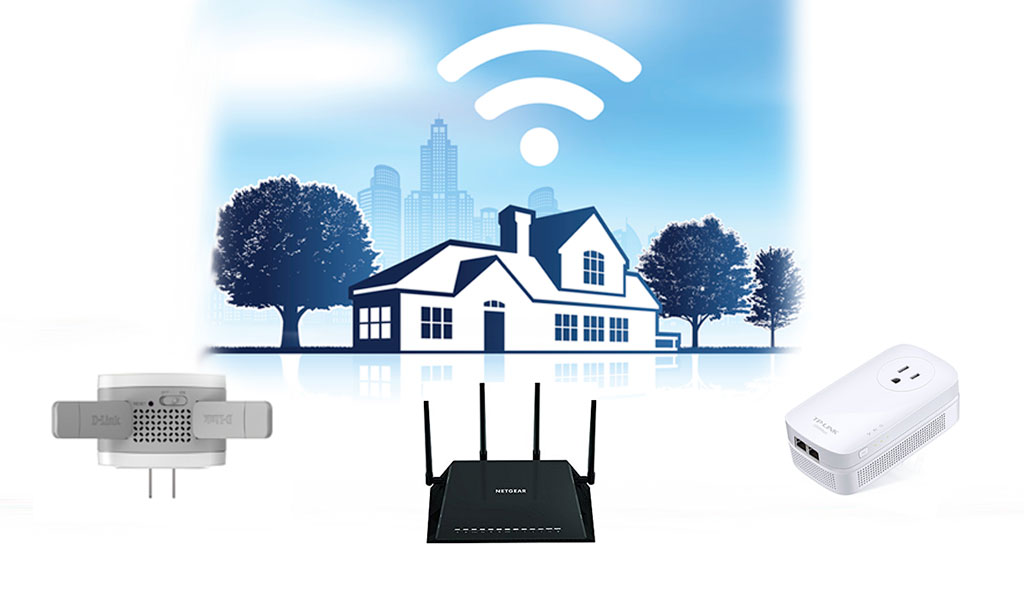First AI-Powered DOCSIS 4.0 Gateway with W-Fi 7 Coming to Xfinity
Xfinity's road to 10Gbps cable internet includes a new gateway and router with Wi-Fi 7.
Feb 26, 2024 | Share
News, Technology
During the Comcast Converge 2024 event in Philadelphia, Comcast CEO Brian Roberts introduced a new cable internet gateway, the XB10. It’s reportedly the first gateway to support the new DOCSIS 4.0 standard, delivering download speeds of up to 10,000Mbps (10Gbps). It also supports Wi-Fi 7, which boasts a maximum wireless throughput of nearly 40,000Mbps (40Gbps).
News of the XB10 gateway arrives after Comcast said in December that DOCSIS 4.0 began rolling out in select neighborhoods in Colorado Springs, Atlanta, and Philadelphia. The company added that new markets would eventually see DOCSIS 4.0 over the next few years.
What is a gateway?
Cable internet connections enter a home or building using a coaxial cable. A device must be present and connected to translate the provider’s internet signals into data your devices can use. A modem is a standalone device that does just that, whereas a gateway combines a modem and a router into one unit.
But how data is transmitted over coaxial cable and translated by modems and gateways is defined by the Data Over Cable Service Interface Specification (DOCSIS). DOCSIS 3.1 is the current standard most cable internet providers use, enabling download speeds of up to 10Gbps and upload speeds of up to 1Gbps.
Why does DOCSIS 4.0 matter?
The DOCSIS 4.0 spec, first introduced in 2019, provides the same download speeds of 10Gbps as the older 3.1 spec but has a higher upload bandwidth of 6Gbps. However, the key takeaway here is cable internet operators like Xfinity can now deliver symmetrical multi-gig speeds—a big selling point of fiber internet.
One of Comcast’s key callouts is how it will use DOCSIS 4.0 Full Duplex (FDX) technology to deliver fast speeds. Traditionally, cable internet providers divide a customer’s total bandwidth using a download/upload ratio of up to 20:1 or use time-division duplexing, meaning the downstream and upstream take turns using the provided bandwidth.
However, end-to-end full duplex allows both streams to use the same bandwidth simultaneously without taking turns or requiring a high/low split ratio.
Comcast teams up with Broadcom
The new XB10 gateway for Xfinity customers is part of a collaboration between Comcast and Broadcom. The joint venture sees the new Broadcom BCM33941UD chip installed in the gateway, which adds artificial intelligence and machine learning capabilities on a hardware level. According to Comcast, the benefits include better IoT device monitoring, enhanced customer support, improved security, and more.
Two other unified Broadcom chips complete the ensemble. The Broadcom BCM3171 will be used in amplifiers, which help maintain strong signals as they pass through a coax cable network. The other chip, the Broadcom BCM31621XD, will be used in fiber nodes, which tie Comcast’s core fiber lines to its coax cable ones. Both chips also include artificial intelligence and machine learning capabilities.
That said, this three-chip design will make it hard to suggest using anything other than the new XB10 gateway with Xfinity’s cable internet.
“The edge network and in-home capabilities of this chipset will improve network intelligence and reliability to create an improved broadband experience with enhanced privacy protection and cyber security for the consumer,” says Rich Nelson, Senior Vice President and General Manager, Broadband Video Group, Broadcom.
Wi-Fi 7 completes the package
Wi-Fi 7 is the other major callout made with the new XB10 gateway. The Wi-Fi Alliance finally certified the new specification in January, although router manufacturers like TP-Link and NETGEAR began introducing Wi-Fi 7 products in early 2023.
Like Wi-Fi 6E, the new spec adds a third 6 GHz Wi-Fi radio. This connection provdes 59 more Wi-Fi channels routers combine to make even larger ones with superfast speeds. Our own internet testing has shown speeds of around 1,600Mbps at close range when using a 160 MHz channel, which can be hard to achieve on the 5 GHz band due to radar interference.
With Wi-Fi 7, the channel width increases to 320 MHz for even more speed. It also introduces Multi-Link Operation (MLO), which allows a single device to use two Wi-Fi connections simultaneously instead of just one.
Cable’s 10G is a work in progress
News of Comcast’s new gateway arrives after the company agreed to drop its use of the “Xfinity 10G Network” product name. AT&T and T-Mobile previously challenged Comcast’s use of the “10G” term, as it appeared to indicate faster speeds than 5G cellular service, which can reach 20Gbps. Plus, Comcast has only achieved 10Gbps wired speeds in trials—there’s currently no 10Gbps service offered to customers outside its fiber-to-the-premises product.
Currently, the fastest plan available to Xfinity customers is 2Gbps. Comcast indicated in October 2023 that the road to 10Gbps cable internet is a work in progress. The new hardware based on Broadcom’s new unified chipsets won’t even be deployed into live networks until the end of 2024.
Comcast has a new router too
Finally, Comcast revealed the XER10 Wi-Fi 7 router to be used with its cable internet and fiber-to-the-premises services. Little else is known about this unit, although it’s expected to support Comcast’s xFi management platform, as well as the XB10 gateway.
Comcast continues to supply Xfinity customers with the XB8 Wi-Fi 6E gateway (Technicolor) and the XB7 Wi-Fi 6 gateway (CommScope or Technicolor). Both support internet speeds up to 2.5Gbps.
Comcast expects to release the new XB10 DOCSIS 4.0–ready gateway with Wi-Fi 7 in the second half of 2024.
Can you get Xfinity where you live?
News of symmetrical multi-gig cable internet is exciting, but not every provider will support it in the next several years. Enter your zip code below to see if Xfinity is available to you.
Author - Kevin Parrish
Kevin Parrish has more than a decade of experience working as a writer, editor, and product tester. He began writing about computer hardware and soon branched out to other devices and services such as networking equipment, phones and tablets, game consoles, and other internet-connected devices. His work has appeared in Tom’s Hardware, Tom's Guide, Maximum PC, Digital Trends, Android Authority, How-To Geek, Lifewire, and others. At HighSpeedInternet.com, he focuses on network equipment testing and review.
Editor - Aaron Gates




